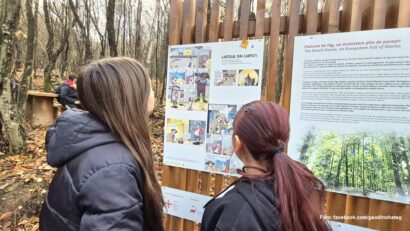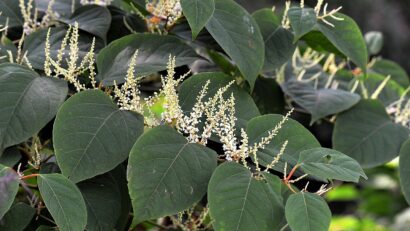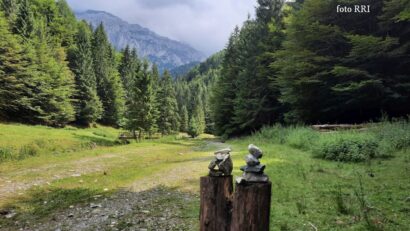Deadwood: Beneficial, Neutral, Harmful?
For a long time, deadwood was believed to be harmful to ecosystems, and was removed systematically

Eugen Coroianu, 26.03.2021, 13:39
For a long time, deadwood was believed to be harmful to ecosystems, and was removed systematically. However, at this point experts believe things are lopsided, and a project for research aimed at this is running on the Romanian-Ukrainian border. It is called Promoting deadwood for increasing resilience in the cross-border area between Romania and Ukraine. The project is implemented by the WWF in collaboration with the Stefan cel Mare University in Suceava, in the neighboring north, the PS Pasternak-UkKRIMF Forestry Research Institute, and the Ecosphera organization, the latter two from Ukraine. The conclusions so far are that deadwood (both standing dead trees or fallen ones) is a critical component of the structure and functioning of the forest, with a key role in maintaining its productivity, natural regeneration, biodiversity, and increasing resilience to climate change. At the same time, deadwood contributes to ecosystem services that are valuable to local communities and the public at large.
Here is Radu Melu, an expert with WWF Romania:
“It is essential for the forestry sector. First of all because it supports the productivity of the forest. We have a whole range of nutritional substances, organic matter of provenance, which constitutes a base for growth for young plants and a new generation that tends to develop there. As part of the forest, the greatest soil component comes from wood. If we always pull out all the wood from the forest and dont let it decompose there, we may have some problems. If I may be allowed a parallel with agriculture, imagine that in agriculture we come in and keep harvesting off a surface, we then come in with something else. With a fertilizer, be it natural or chemical, in order to compensate, because the soil at some point is depleted. We need for some of the wood to fall to the ground, with its leaves and twigs, and other organic components. They provide food and a habitat for thousands of endemic species. A whole bunch of species cannot survive without this deadwood, and not having them in the forest may render it vulnerable. This sustains the natural regeneration of forests. There are areas where we have too much moisture, or areas that are too dry. The wood maintains a proper balance. Deadwood, half decayed wood, keeps the right balance of moisture. Just the right amount for saplings to develop there. There are saplings that spring on deadwood, and can only grow there, that is the only place they are thriving. Moreover, they provide food and a habitat for all sorts of forest species, which live in tree holes, in trees as such. They need this deadwood, without which they would develop to a lesser degree, or may even go extinct. Also, these are hibernation habitats. We have a whole lot of advantages from this type of wood.”
Deadwood management is a fairly new conservation concept for Romania and Ukraine, having been promoted since the early 2000s, and which is not often understood in practice. For dozens of years, the line authorities in the two countries believed it to be a so-called enemy of the forest, and systematically removed it in forestry engagements. This led to the extinction of a number of valuable species for the forest ecosystem, creating vulnerability in terms of natural forest regeneration, providing soil nutrients, and providing climate change resilience, amounting to a negative economic impact. Here is Catalin Roibu, an expert with the Stefan cel Mare University in Suceava:
“Deadwood is not an abstraction, on the contrary, it is a European and a world concept that spells deadwood means living forest. This is because it is a source of food and shelter for many species. At the same time, it provides that component that regulates and controls all that has to do with the health of the forest. The project started off from a series of test surfaces, 20 circular plots placed in randomized areas. 20 more were placed in curated forests, where forest management was the norm. We had the same mechanism of placing test surfaces, the same protocol, in Ukraine.”
Toppling the myth of deadwood as something that has to be removed from forests, using cross-border research between Romania and Ukraine, is an important part of preserving healthy forest ecosystems, and the services they provide, say the developers of the EU funded project.






























